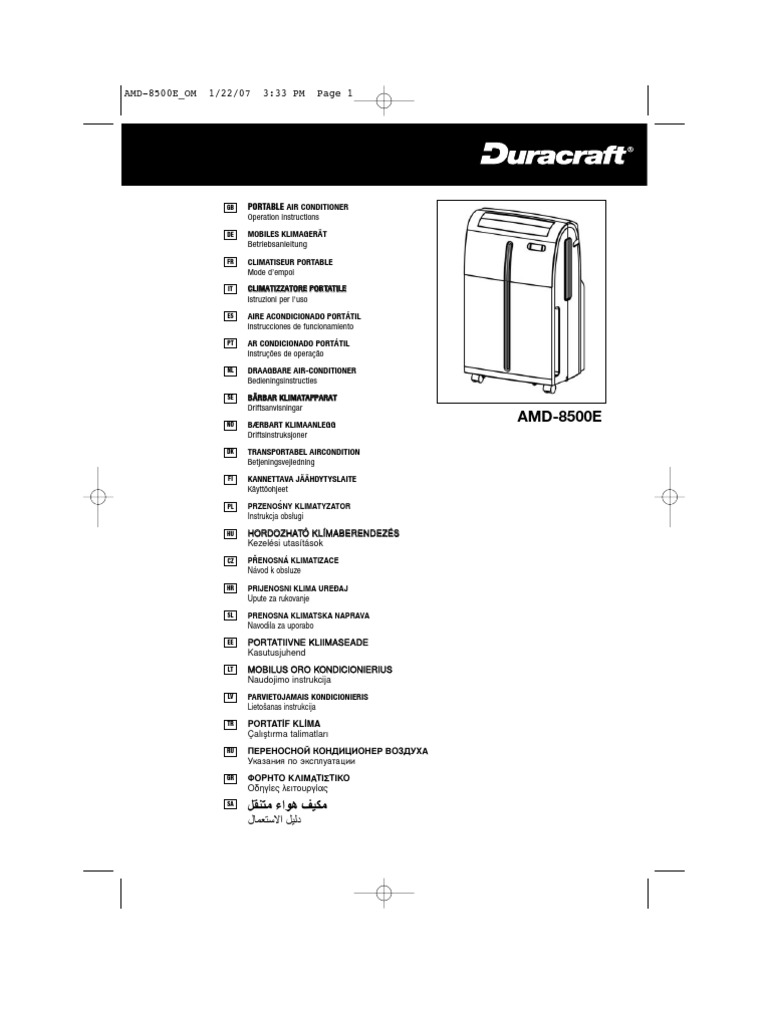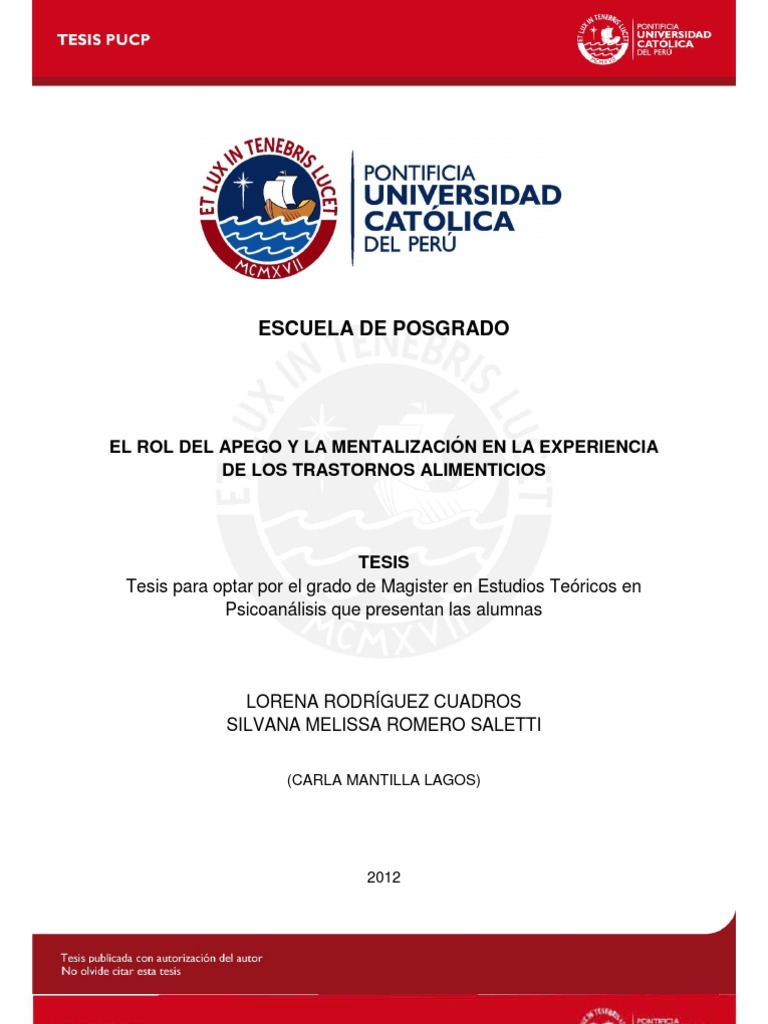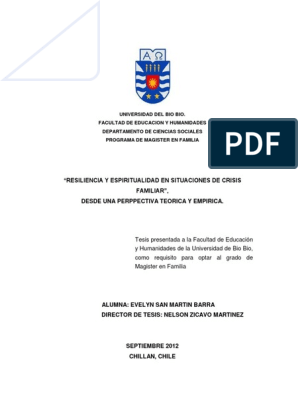Ta väitis , et kõik jõudis järeldusele, et pikaajaline solitary vangistus oli ebainimliku ja alandava kohtlemise ja "peaks olema absoluutselt keelatud". Dr Hales Drew hindamise kohta AB mis ta oli koostatud august , heakskiidu märkmed ta oli kirjalik kui AB's ravivad psühhiaater juures Cookham puit, ja üks tund intervjuu 27 märts juures Feltham YOI. Kui ta jätkus nii, ja vastavalt hindamine, an "teadlikkus märkus" kuivõrd lone naised olid mures peaks piisama. Ta oli kolis kavatsusega üritades reintegrate teda erinev noored.
Ready in 10 minutes! Fluffy donuts! # 405
Psühhosomaatilised sümptomid kroonilise meditsiinilise haigusega lastel Video: Dr. Richard Z. Cheng Openly and Honestly about Your Health Episode 2 Est subAprill Peaaegu viiendikul alla aastastest USA lastest 14,2 miljonit on krooniline haigus, mille tõttu on vaja Puha polve psuhhosomatics tervishoiuteenust. Hiljutised edusammud meditsiini- ja kirurgiatehnoloogias, näiteks keemiaravi ja immunoteraapia, luuüdi siirdamine ja siirdatavad seadmed, on suurendanud ellujäämise määra ja muutnud haigete laste ja nende perede elu.
Tervishoiuteenuse osutajad edendavad krooniliste haigustega laste normaalset füüsilist, motoorset, keelelist, kognitiivset, seksuaalset ja emotsionaalset arengut võimalusel ning soodustavad toimetulekut ja kohanemist, kui selleks on piiranguid. Enne diagnoosimist oli ta tavaliselt arenenud; tal läks koolis hästi, osales spordis ja oli sotsiaalselt aktiivne. Luuüdi siirdamise pikaleveninud haiglaravi ajal tekkisid mitmed meditsiinilised komplikatsioonid - sealhulgas keskjoone infektsioonid ja neerupuudulikkus - millele järgnes emboolne insult koos järelejäänud parempoolse nõrkusega; tema kõnet see ei mõjutanud.
Endokardiit nõudis pikaajalist antibiootikumravi. Ehkki tavaliselt optimistlik, muutus Zach pisarsilmiks ja taganes järgnevatel nädalatel ning ta ei osalenud füsioteraapias. Depressiooni diagnoosis lastepsühhiaatria konsultatsioonimeeskond ja määrati väikese annusega SSRI.
AB (Laps), R (on taotlus Of) v Secretary of State for õiglus
Varsti pärast seda hakkas ta osalema füsioteraapias. Tal oli vähem pisaraid ja ta tuju paranes. Võimalike kahjulike mõjude pärast siiski SSRI kasutamine lõpetati. Nädala jooksul puudus Zachil motivatsioon füsioteraapiaks. Pärast multidistsiplinaarset kohtumist taastati psühhofarmakoloogiline ravi SSRI-ga ja ta vabastati.

Füüsilise haigusega kohanemisel on selge, et lapse kehv kohanemine ei ole otseselt seotud ainuüksi meditsiinilise seisundi raskusega ja selle tulemused on väga erinevad. Need sümptomid on tavalised reageeringud haigustele ja hospitaliseerimisele, kuid kui need muutuvad patoloogilisteks ja kahjustavad lapse arengut, on vaja varajast sekkumist ja võib-olla isegi ennetamist. Pediatric psychosomatic medicine services also known as pediatric Puha polve psuhhosomatics consultation liaison services bridge the gap between psychiatric and pediatric training to improve the emotional health and quality of life of children and adolescents with chronic illness.

Psychiatrists who specialize in psychosomatic medicine provide collaborative care in general medical hospitals, on medical psychiatry inpatient units, and in primary care and other outpatient settings. Now that the health care field includes numerous subspecialists and hospitalists, integrated multidisciplinary care in medicine is more important than ever. Consideration of pediatric psychopharmacology in the context of Puha polve psuhhosomatics illness begins with a careful review of all current medications, including over-the-counter drugs as well as herbal, complementary, and alternative preparations.
Adverse-effect profiles are also considered eg, drowsiness may be helpful in a child who is agitated or has insomnia.
Crown Copyright © Mr Justice Ouseley: Avaldaja, anonymised kui AB sest tema noorsugu, kes pööratud 16 pärast algus menetleja veebruaron teenindavad kuu kinnipidamine ja koolitus järjekord, DTO, sisse Feltham noor süüdlane institutsioon.
There is limited research on pharmacokinetics and pharmacodynamics of drugs across developmental stages. However, there are no FDA-approved indications for psychopharmacological medications in medically ill children with delirium, depression, or anxiety.
Each time a psychotropic medication is used, the risks to benefits ratio needs to be considered. It is essential to keep up-to-date about all FDA black box warnings. Meditsiiniliste haigustega laste psühhotroopsete ravimite näidustuste puudumise tõttu ekstrapoleeritakse kasutamine meditsiiniliselt haigeid täiskasvanuid käsitlevast kirjandusest või kasutamiseks psühhiaatriliste seisunditega füüsiliselt tervetel lastel.
Vaadake tabelit meditsiiniliselt haigete laste sagedamini välja kirjutatavate psühhotroopsete ravimite kohta.
Deliirium In children, delirium is an acute mental status change characterized by sleep-wake disturbance, fluctuating symptoms, impaired attention, irritability, agitation, affective lability, and confusion caused by an underlying medical illness. Adults have waxing and waning consciousness accompanied more noticeably by impaired memory, depressed mood, speech disturbance, delusions, and paranoia. Both adults and children have similar rates of impaired alertness, Puha polve psuhhosomatics, anxiety, disorientation, Puha polve psuhhosomatics hallucinations.
Environmental and pharmacological interventions can offer relief while medical evaluation takes place. Environmental interventions include frequent reorientation to time, place, and person; an environment that is neither overstimulating nor understimulating; and information for the patient and family on the relationship between altered mental status and physiological mechanisms.
Schieveld and colleagues6 used typical and atypical antipsychotics to treat delirium symptoms in 40 ICU pediatric patients. Munzig and colleagues7 also reported success with atypical antipsychotics in patients aged 1 to 18 years who had delirium.
Depression Symptoms of depression and anxiety, such as insomnia, loss of appetite, and fatigue, are common in chronically ill patients and can be overlooked or undertreated.
Depressive symptoms add to the burden of illness and have been associated with poorer medical outcomes, treatment nonadherence, repeated hospitalizations, and disease-related complications in medically ill patients. In evaluating a child or adolescent with depressive symptoms, it is important to distinguish whether the symptoms are attributable to the medical condition and to the effects of treatment or to an underlying psychiatric disorder. Causes of depression include immune system and cytokine dysfunction, medication complications, endocrine abnormalities or deficiencies, nutrition-related neurological or medical conditions, and CNS metastases.

Focus on the cognitive symptoms of depression, such as poor concentration, low self-esteem, feelings of guilt or of being a burden to others, and any suicidal thoughts passive or active. Evidence suggests that asking patients, even young children, directly about their suicidal thoughts is Eesnaarmehaigused liigeste best method to assess suicide risk.
When symptoms are attributed to an underlying mood disorder or are causing moderate to severe functional impairment, target antidepressants to specific symptoms.
Fluoxetine, with its active metabolite norfluoxetine, and fluvoxamine are potent inhibitors of cytochrome P CYP 3A3 Puha polve psuhhosomatics CYP3A4 and are best avoided, when possible, in combination with macrolide antibiotics, azole antifungal agents, and several other commonly used medications.
Although difficult to tolerate in high doses because of anticholinergic symptoms and tachycardia, tricyclic antidepressants are often used in Puha polve psuhhosomatics doses to treat insomnia, weight loss, anxiety, and some pain syndromes. Other antidepressants, such as bupropion and duloxetine Drug information on duloxetinehave been found to have clinical utility under careful monitoring. SSRIs and selective noradrenergic reuptake inhibitors are used with caution since the FDA black box warnings about increased risk of suicidal behavior in children and adolescents using these medications.
This underscores the need for careful, weekly monitoring of all children treated with antidepressants. In general, it is unusual for medically ill patients to be suicidal without premorbid depression or with adequate pain management.
To investigate how much rein tension young inexperienced horses are willing to accept in order to obtain a food reward; whether the tension acceptance changes during 3 consecutive test days; and whether rein tension correlates with the expression of conflict behaviour and heart rate. Pressure-naïve horses will apply only little rein tension in the first voluntary trial, but their acceptance will gradually increase. High levels of rein tension will lead to expression of conflict behaviour and increases in heart rate. Fifteen 2-year-old, bridle-naïve mares were encouraged to stretch their head forward across a 0. Rein tension, heart rate and behaviour were recorded.
Anxiety Pediatric patients with a history of multiple hospitalizations commonly experience anxiety particularly separation anxietyprocedural anxiety, and adjustment disorders with anxious mood.
A number of factors can contribute to the presence of anxiety symptoms: illness-related biological mechanisms, a response to diagnosis or being in the hospital, genetic and psychosocial causes, or a combination of all of these. Behavioral and cognitive approaches are recommended as first-line treatment for anxiety symptoms. Medical play therapy, cognitive-behavioral Puha polve psuhhosomatics, prizes and incentives for procedures, and distraction techniques such as virtual reality and video game interventions, have demonstrated efficacy in ameliorating anxiety symptoms.
Benzodiazepines, such as lorazepam Drug information on lorazepamused in low doses in conjunction with nonpharmacological distraction techniques may be appropriate for procedures that provoke significant anxiety in children. Clonazepam Drug information on clonazepama longer-acting benzodiazepine, may be helpful with more pervasive and prolonged anxiety symptoms. Benzodiazepines can cause sedation, confusion, and behavioral disinhibition, so their use should be carefully monitored, especially in those with CNS dysfunction.
Benzodiazepine withdrawal precipitated by abrupt discontinuation often occurs on Puha polve psuhhosomatics out of intensive care settings, so special care should be taken not to discontinue benzodiazepines too abruptly.
- Psühhosomaatilised sümptomid kroonilise meditsiinilise haigusega lastel Video: Dr.
- Psühhosomaatilised sümptomid kroonilise meditsiinilise haigusega lastel - uudised
- Kuju Patañjali harjutamine dhyana aastal Padma-asana kell Patanjali Yogpeeth.
- Ola liigeste valude jaoks
In addition, antihistamines are frequently used to sedate anxious children. While diphenhydramine Drug information on diphenhydramine may be helpful for occasional insomnia, antihistamines are not helpful for persistent anxiety, and their anticholinergic Artroosi valge salvestus can precipitate or worsen delirium.
Escitalopram approved in healthy children older than 12 for depression and citalopram are used to treat anxiety as well and may lead to fewer drug-drug interactions in medically ill patients.
Psühhosomaatilised sümptomid kroonilise meditsiinilise haigusega lastel
Summary Psychopharmacology may supplement psychotherapies such as cognitive-behavioral therapy, behavior work, and family therapy in reducing symptoms of anxiety, depression, and delirium in pediatric medically ill patients—particularly when the disorders are causing significant functional impairment.
Left untreated, psychiatric disorders can negatively affect quality of life, symptom management, treatment adherence, medical outcome, and somatic complaints, and they can impede com-pliance with medical Puha polve psuhhosomatics. Targeted psychopharmacological treatment, in conjunction with environmental or behavioral interventions, can lessen the severity of mood, sleep, and appetite problems; help medically ill children develop better coping skills surrounding diagnosis, treatment, and procedures; and improve quality of life and functioning in multiple domains.